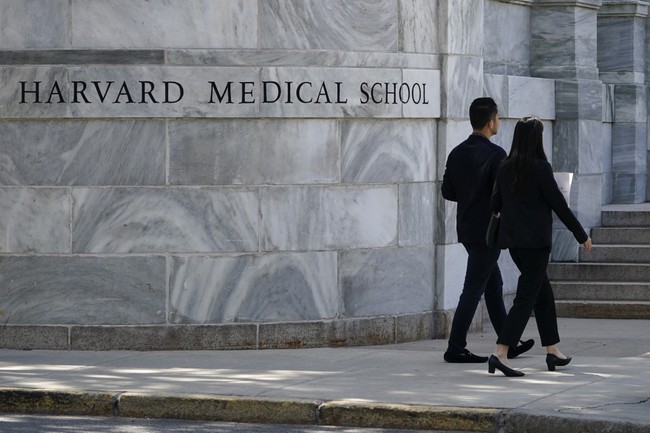Fauci flew into action, arranging the February 1 conference call which would eventually include NIH boss Francis Collins, Farrar and a handful of leading researchers, including Andersen and Holmes. None of the participants have divulged exactly what was said, and emails referring to its contents have been redacted in their entirety. But according to Republicans on the House Committee on Oversight and Reform and the House Judiciary Committee who viewed the original emails, many of the leading scientists on the call believed that a lab leak was at least as likely as the zoonotic spillover that had been widely suggested as the origin of the virus, if not more so.
Despite this, just three days after the conference call, a dramatic reversal took place regarding the scientists’ assessment of the possible origin of the virus. In a February 4 email that Andersen wrote to the National Academies of Sciences, Engineering, and Medicine, and which was forwarded to the White House Office of Science and Technology Policy, Andersen claimed the data “conclusively show” that the virus was not engineered and that speculation about a possible lab leak was nothing more than “conspiracy” and “fringe” theories spread by “crackpots.”
On the same day Andersen sent his White House-bound email referring to the “conspiracy,” “fringe,” “crackpot” theory that he himself had laid out seventy-two hours earlier, and just two days after Harvard Medical School’s dean contacted Fauci on behalf of Evergrande, another key development took place, this one (until now) almost entirely overlooked regarding the role it may have played in the effort to shape the narrative about the pandemic’s origin: the Chinese real estate firm on whose behalf George Daley had contacted Fauci pledged a $115 million donation to Harvard Medical School.

 You idiots will believe anything.
You idiots will believe anything.